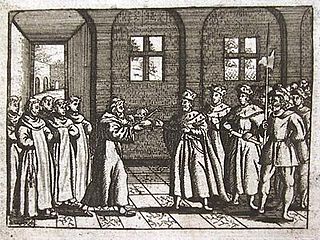| Millennium: | 1st millennium |
|---|---|
| Centuries: | |
| Decades: | |
| Years: |
| 869 by topic |
|---|
| Leaders |
| Categories |
| Gregorian calendar | 869 DCCCLXIX |
| Ab urbe condita | 1622 |
| Armenian calendar | 318 ԹՎ ՅԺԸ |
| Assyrian calendar | 5619 |
| Balinese saka calendar | 790–791 |
| Bengali calendar | 276 |
| Berber calendar | 1819 |
| Buddhist calendar | 1413 |
| Burmese calendar | 231 |
| Byzantine calendar | 6377–6378 |
| Chinese calendar | 戊子年 (Earth Rat) 3566 or 3359 — to — 己丑年 (Earth Ox) 3567 or 3360 |
| Coptic calendar | 585–586 |
| Discordian calendar | 2035 |
| Ethiopian calendar | 861–862 |
| Hebrew calendar | 4629–4630 |
| Hindu calendars | |
| - Vikram Samvat | 925–926 |
| - Shaka Samvat | 790–791 |
| - Kali Yuga | 3969–3970 |
| Holocene calendar | 10869 |
| Iranian calendar | 247–248 |
| Islamic calendar | 255–256 |
| Japanese calendar | Jōgan 11 (貞観11年) |
| Javanese calendar | 766–767 |
| Julian calendar | 869 DCCCLXIX |
| Korean calendar | 3202 |
| Minguo calendar | 1043 before ROC 民前1043年 |
| Nanakshahi calendar | −599 |
| Seleucid era | 1180/1181 AG |
| Thai solar calendar | 1411–1412 |
| Tibetan calendar | 阳土鼠年 (male Earth-Rat) 995 or 614 or −158 — to — 阴土牛年 (female Earth-Ox) 996 or 615 or −157 |

Year 869 ( DCCCLXIX ) was a common year starting on Saturday of the Julian calendar.






